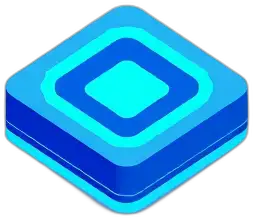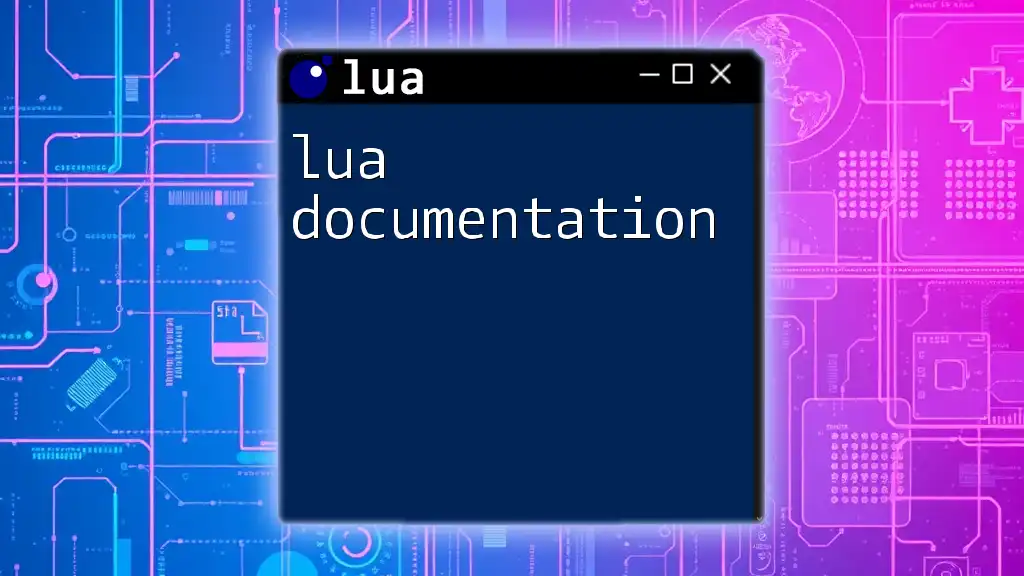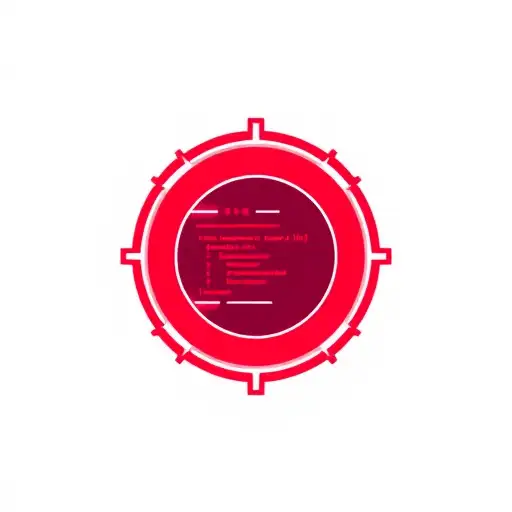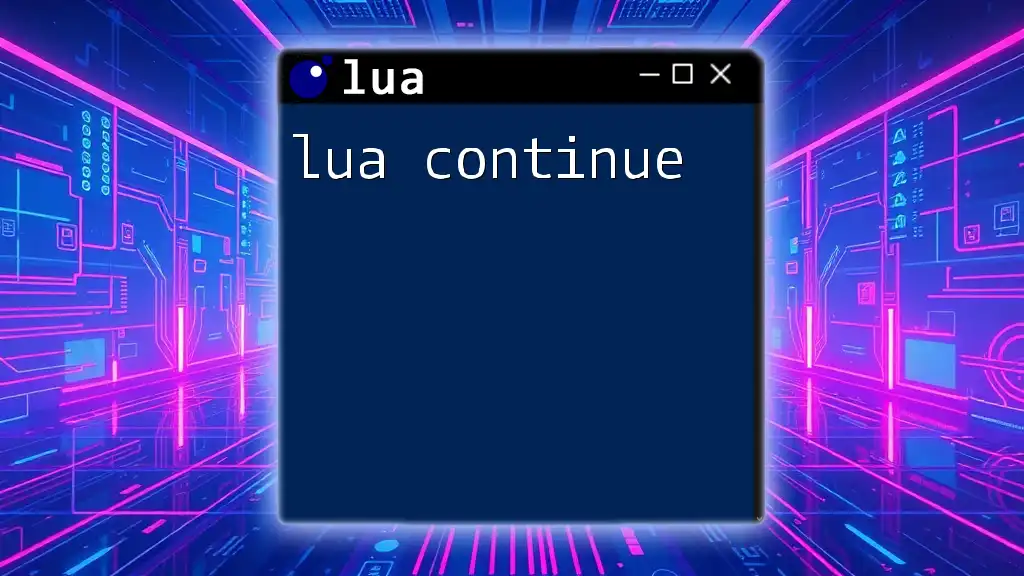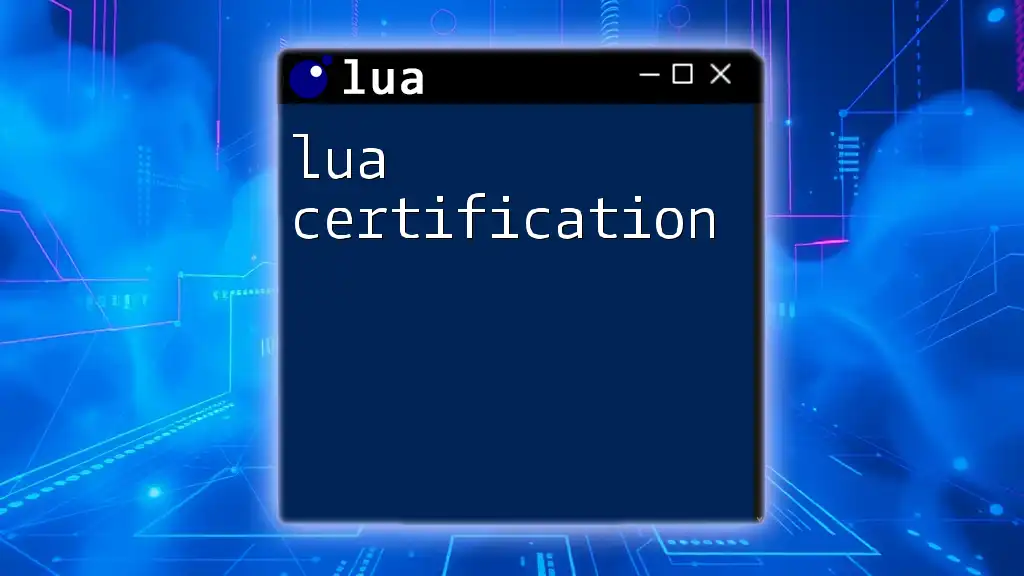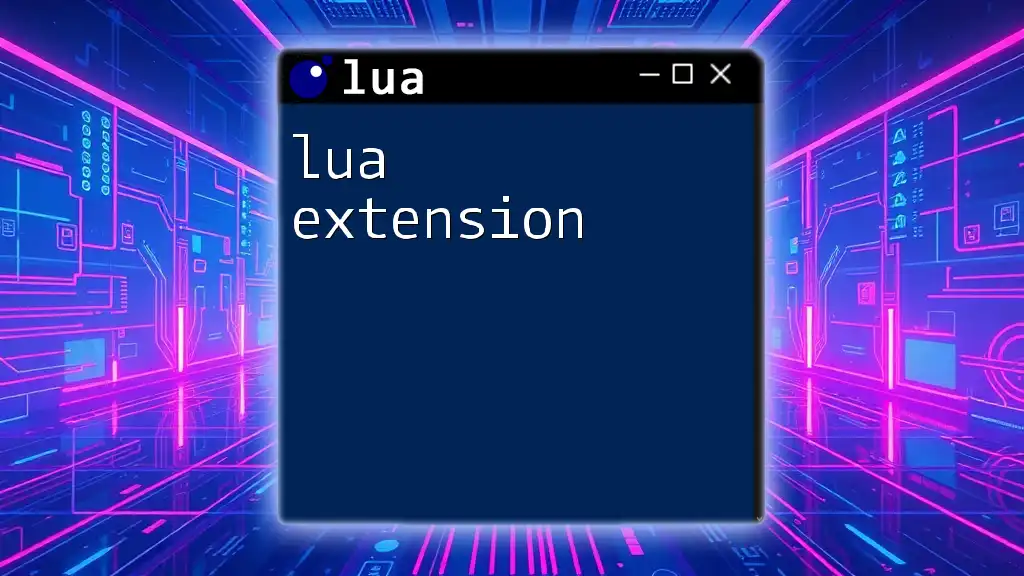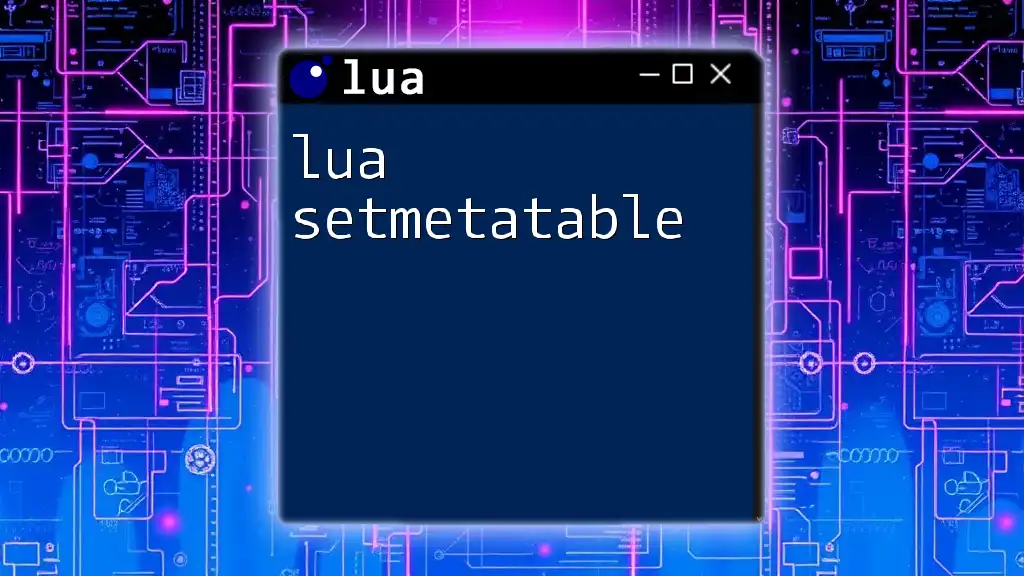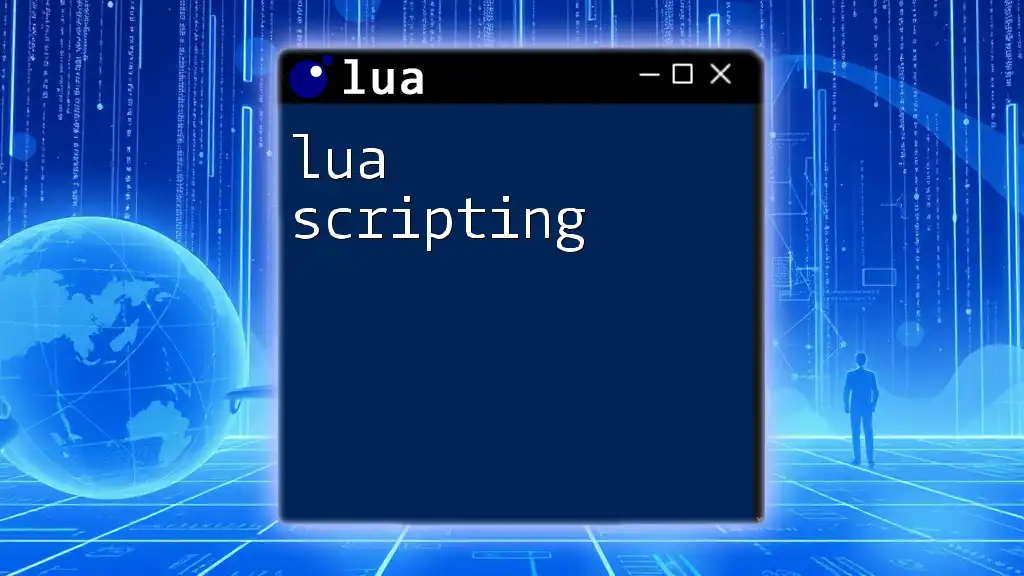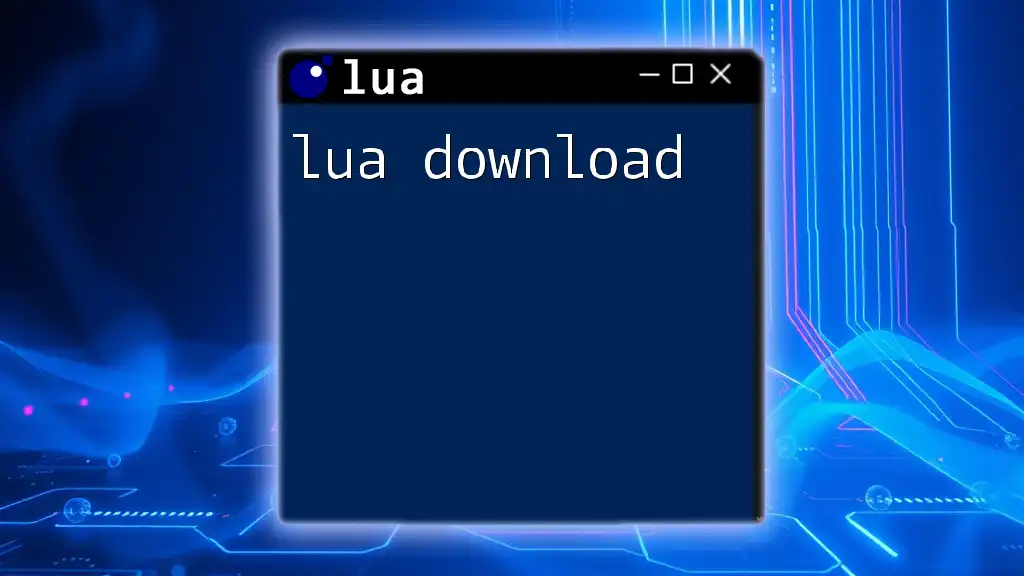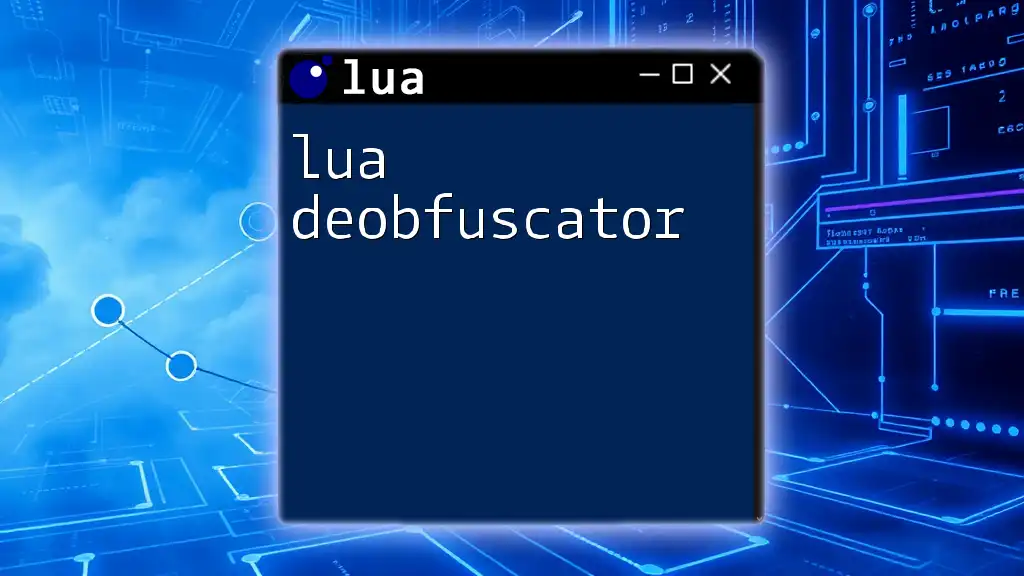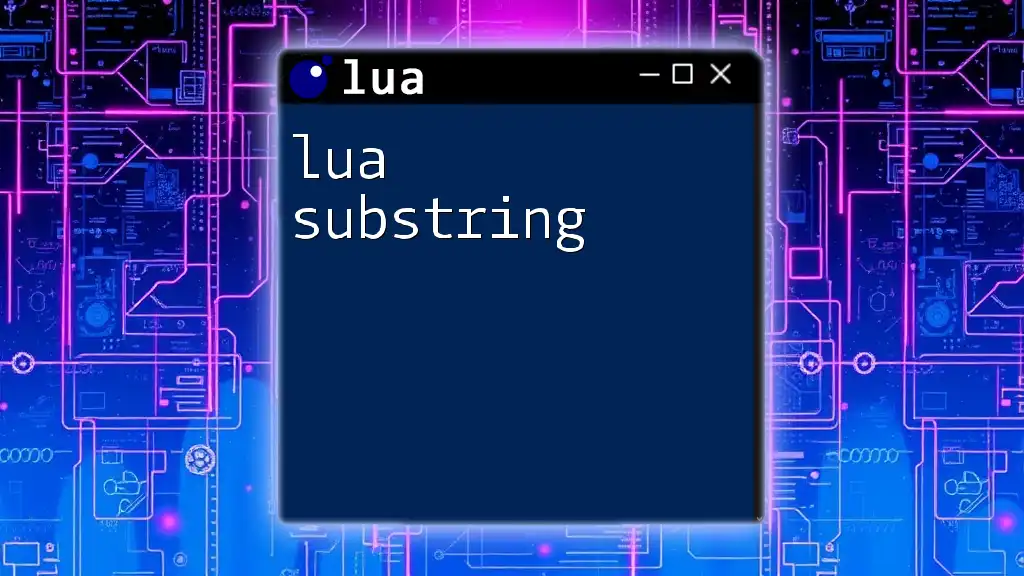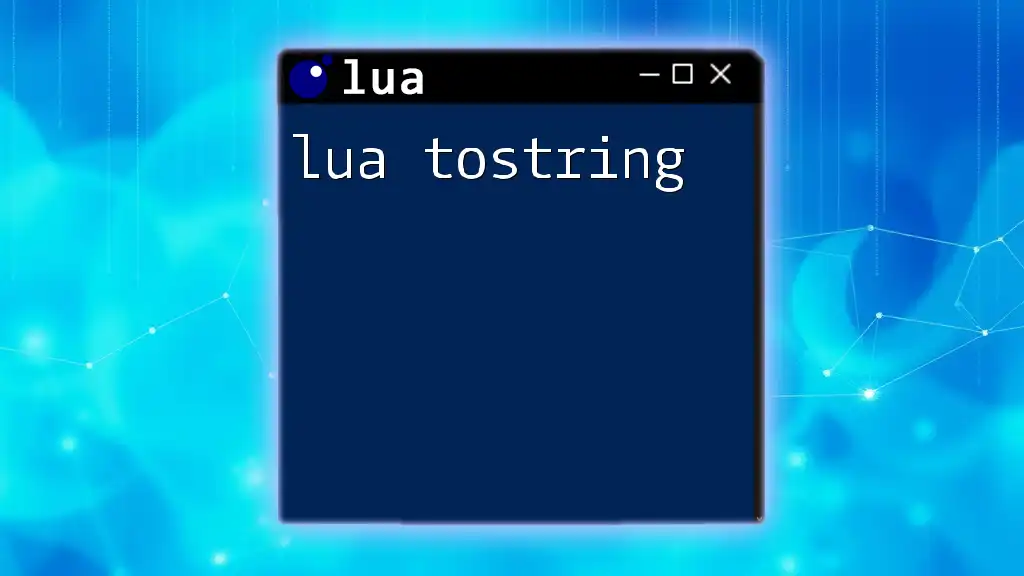Lua documentation provides comprehensive guidelines, syntax, and examples that help users understand and utilize Lua programming effectively.
Here's a simple example of using Lua to print "Hello, World!":
print("Hello, World!")
Understanding Lua Documentation
What is Lua Documentation?
Lua documentation serves as a crucial resource for anyone looking to understand and utilize the Lua programming language effectively. It encompasses a variety of types, including official documentation, which provides a foundational understanding of the language, as well as community-driven resources that often highlight practical applications and user experiences. Tutorials and guides play an essential role in bridging the gap between theory and practice, making it easier for newcomers to transition into proficient Lua developers.
Structure of Lua Docs
To truly benefit from Lua documentation, it’s important to comprehend how it is organized. Most documentation will typically include key sections like:
- Introduction: Provides a general overview of Lua and its capabilities.
- Syntax and Semantics: Detailed insights into how to write Lua code properly, including rules and conventions.
- Standard Libraries: An overview of the built-in libraries available in Lua that extend its functionality.
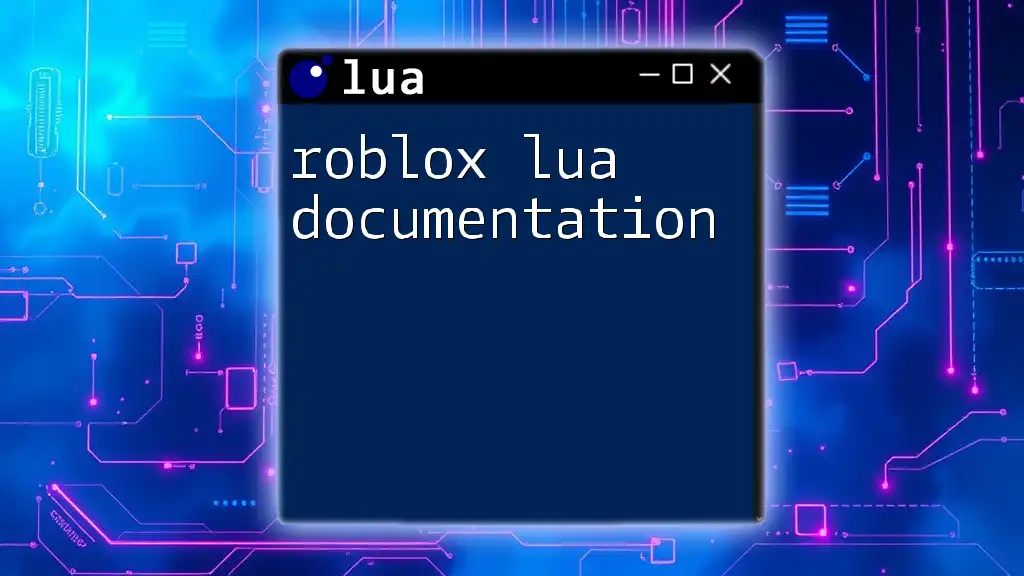
Navigating Official Lua Documentation
Accessing the Lua Official Docs
The official Lua documentation is located on the [Lua website](https://www.lua.org/) and serves as a primary resource for learning the language. Upon arriving at the homepage, users will find various sections, each pertinent to different aspects of the programming language.
Key Components of the Official Documentation
Language Reference Manual
The Language Reference Manual is the cornerstone of Lua documentation. It delivers clear explanations of Lua syntax, features, and fundamental concepts. Here are some common terms most relevant to new learners:
- Variables: Containers for storing data.
- Functions: Blocks of code designed to perform specific tasks.
- Control Structures: Constructs that dictate the flow of execution.
To illustrate how functions work, consider the following simple example:
-- Defining a simple function
function greet(name)
return "Hello, " .. name
end
print(greet("World")) -- Output: Hello, World
This code snippet demonstrates the definition of a function named `greet`, which takes a parameter and returns a greeting message.
Standard Libraries
Lua comes with a rich set of standard libraries that support various programming tasks such as string manipulation, mathematical computations, and data handling. Knowing these libraries is vital for efficient coding. Important libraries to be aware of include:
- string: For handling and modifying string data.
- table: A versatile data structure that functions as arrays, dictionaries, and more.
- math: For performing mathematical operations and calculations.
Here's an example of how you can utilize the `math` library to calculate the square root of a number:
-- Using the math library to calculate square root
local num = 9
print(math.sqrt(num)) -- Output: 3
Tutorials and Community Resources
Complementing the official documentation, community resources and tutorials play a significant role in learning Lua. Websites like the Lua Users Wiki and forums on Stack Overflow offer valuable insights and hands-on examples. Engaging with community content can provide diverse perspectives, enhancing your understanding of Lua programming.
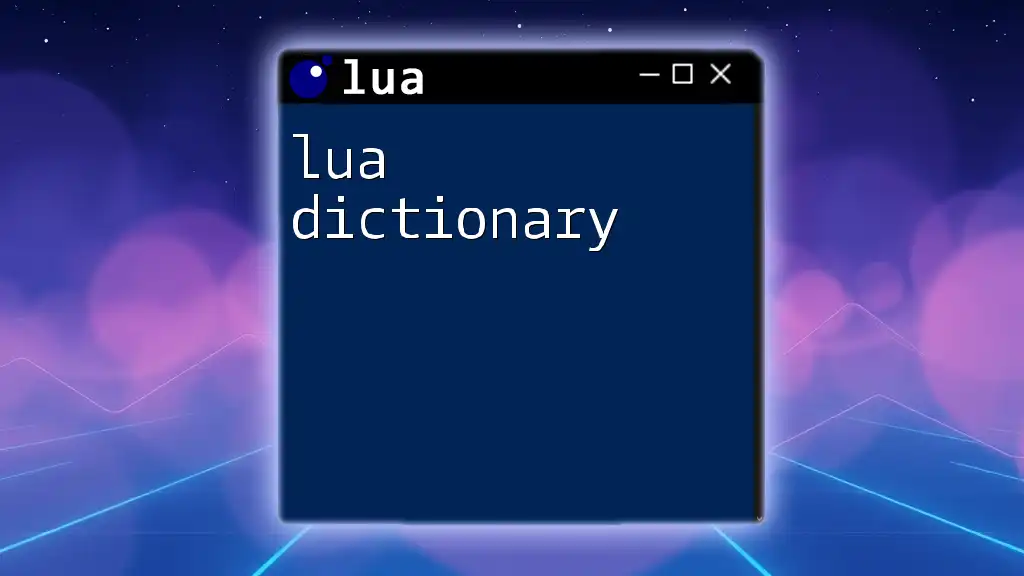
Using Lua Documentation Effectively
Searching within the Documentation
When diving into Lua documentation, it's essential to know how to search effectively. Use keywords relevant to your inquiry, and familiarize yourself with the documentation's structure to navigate efficiently. Understanding how to phrase your searches can significantly cut down on the time it takes to find the information you need.
Interpreting Code Examples
Lua documentation often includes code snippets to demonstrate functionality. It’s important to analyze these examples critically, as they can illustrate not only how to use specific commands but also the logic behind them. Learning to read and implement these examples in your projects is vital for building your proficiency.
Keeping Up With Updates
The programming landscape is constantly evolving, and Lua is no exception. Staying current with updates is paramount for leveraging the latest features and optimizations. Be sure to follow release notes and version differences outlined in the official documentation, and adjust your code practices accordingly to stay aligned with the latest standards.
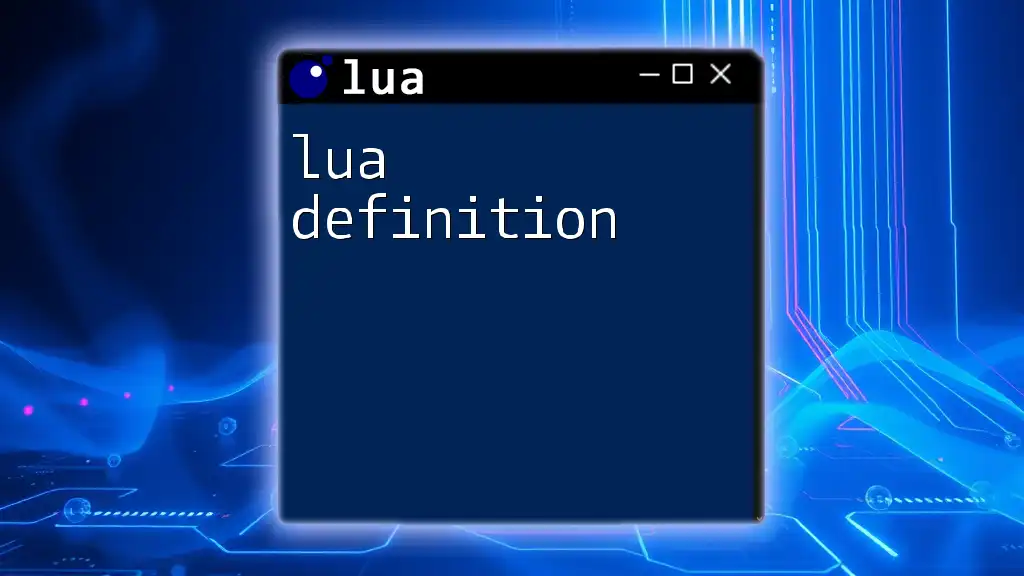
Best Practices in Using Lua Documentation
Cross-referencing Resources
Using multiple resources can significantly sharpen your understanding of Lua. The richness of community content can complement the formal explanations provided in official documentation. Encourage yourself to refer back and forth between the two for a more rounded knowledge base.
Experimenting with Code
A hands-on approach is one of the best ways to learn Lua. Testing your own scripts in a safe environment allows you to apply what you've read and fosters deeper learning. Integrated Development Environments (IDEs) like ZeroBrane Studio offer environments tailored to Lua, enabling users to experiment with code more effectively.
Here’s a simple Lua script that sums numbers from 1 to 10, illustrating how you can use looping structures:
-- Example: A script to sum numbers from 1 to 10
local sum = 0
for i = 1, 10 do
sum = sum + i
end
print("The sum is: " .. sum) -- Output: The sum is: 55
Keeping a Documentation Log
Finally, maintaining a personal documentation log can be immensely beneficial. While learning, take notes on essential commands, concepts, and your own insights. This personalized reference guide will be invaluable for future projects and ongoing learning.
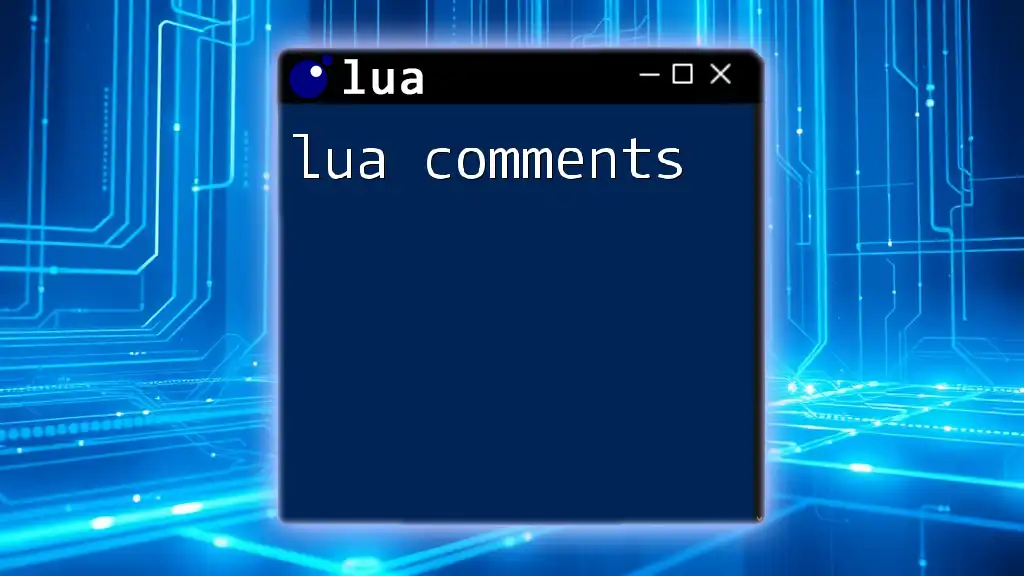
Conclusion
In summary, understanding and utilizing Lua documentation is an essential skill for any budding Lua programmer. By mastering its resources, actively engaging with the community, and practicing regularly, you can unlock the full potential of Lua. Embrace the learning journey and take full advantage of the wealth of information at your fingertips!
